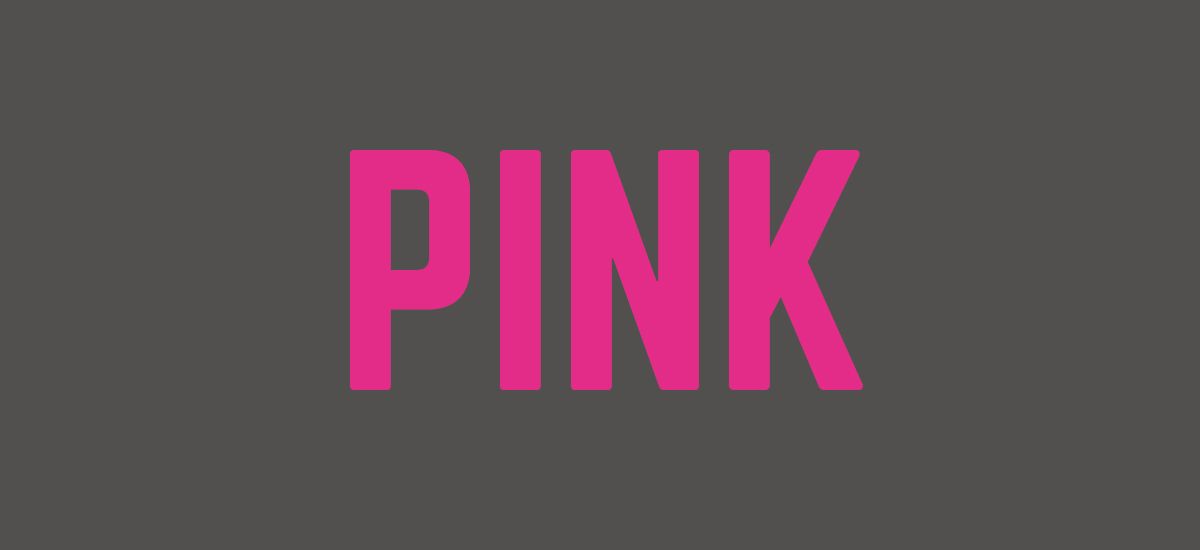This is what I thought when I was in the third grade. For a brief period in junior high, hot pink was all the rage, and I was in with both feet. Today, I love pink. I’m actually wearing a pale shade of it as I write this post. I enjoy wearing a variety of vibrant colors. Being colorful is bold, and also has an influence on arousal and memory. That’s besides the point however. For those of you who think pink is for girls, I’m okay with that, but we may disagree on just what that means.
Let’s begin with the psychology of color. Whenever you begin thinking about a brand and a logo, color is top of mind. We often associate blue with business – think IBM and Microsoft. Red and yellow is owned by the fast food trade. Red is known for being bold, and purple is regal and inspires confidence. The problem with this, however, is that the psychology of color is a trailing indicator of what a color has meant over a preceding period of time. It does not represent the evolving perspective toward color or, in the case of pink, what it means to be a woman.
Our idea of womanhood has changed. I know mine has changed since the third grade. Society’s view and portrayal of women has changed. As a father of two young women, I embrace the nature of women as strong and independent. We have seen an evolution in how brands approach women. An obvious example would be the Dove campaign. However, I am thinking of a couple more nuanced examples. These recent ad campaigns are a fitting indication of how society and, as a result, advertising is taking note of femininity’s new identity:
Take the #LikeAGirl campaign from Always that recasts how young girls perceive their own physical capabilities.
Or, another favorite of mine is ballerina Misty Copeland for Under Armour, definitely redefining your notion of strength and femininity.
When we began working on the branding for MKTNG, we discussed with our creative team that we wanted our logo to reflect professionalism, but we also wanted it to exude innovation and fresh ideas. We were excited when they presented us with two color concepts with bold and fresh colors. The most appealing to us was the bright pink that we ended up choosing for the logo you see today. We were enamored with the color and the energy it brought to our logo.
Sometimes a symbol changes or evolves. Pink represents femininity still, sure, but the symbol of femininity itself is evolving. Pink is fresh, it exudes love and passion. It is also growing to mean strength and innovation. The notion that pink = women = delicate is no longer the prevailing impression. Rather, it’s refreshing, modern, and confident. In many cases, femininity now represents strength. We hope that daring to use it in our branding conveys that we’re not afraid to make an impression, and that we’re confident that we’ll make an impression on our target market, brands that wish to make a unique impressions, as opposed to appealing to everyone.
When representing yourself, in business or otherwise, we believe it’s important to be at once authentic and confident. Whatever that means for your particular brand, we encourage you to strive to meet that intersection, and have the courage to challenge convention.



